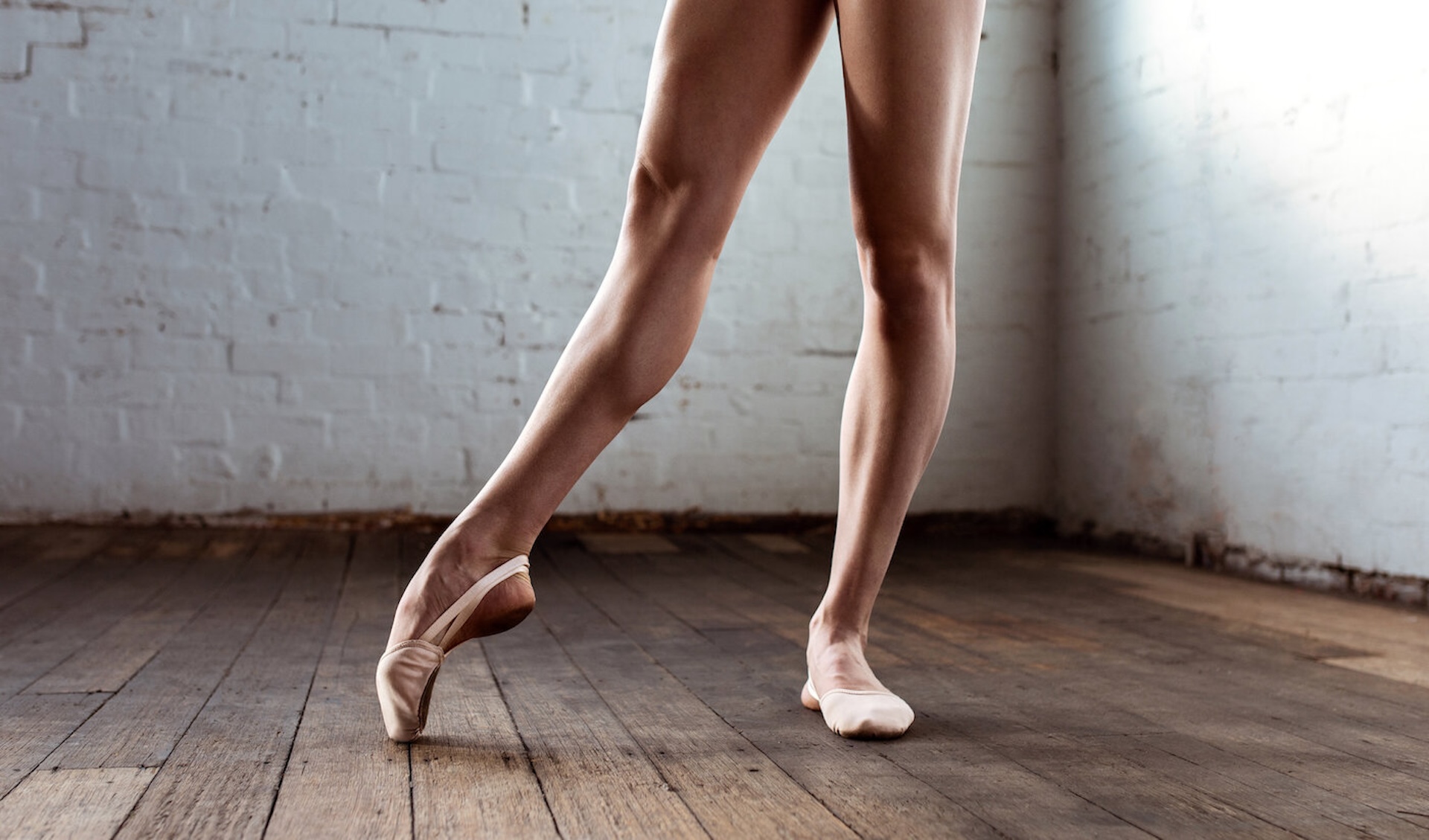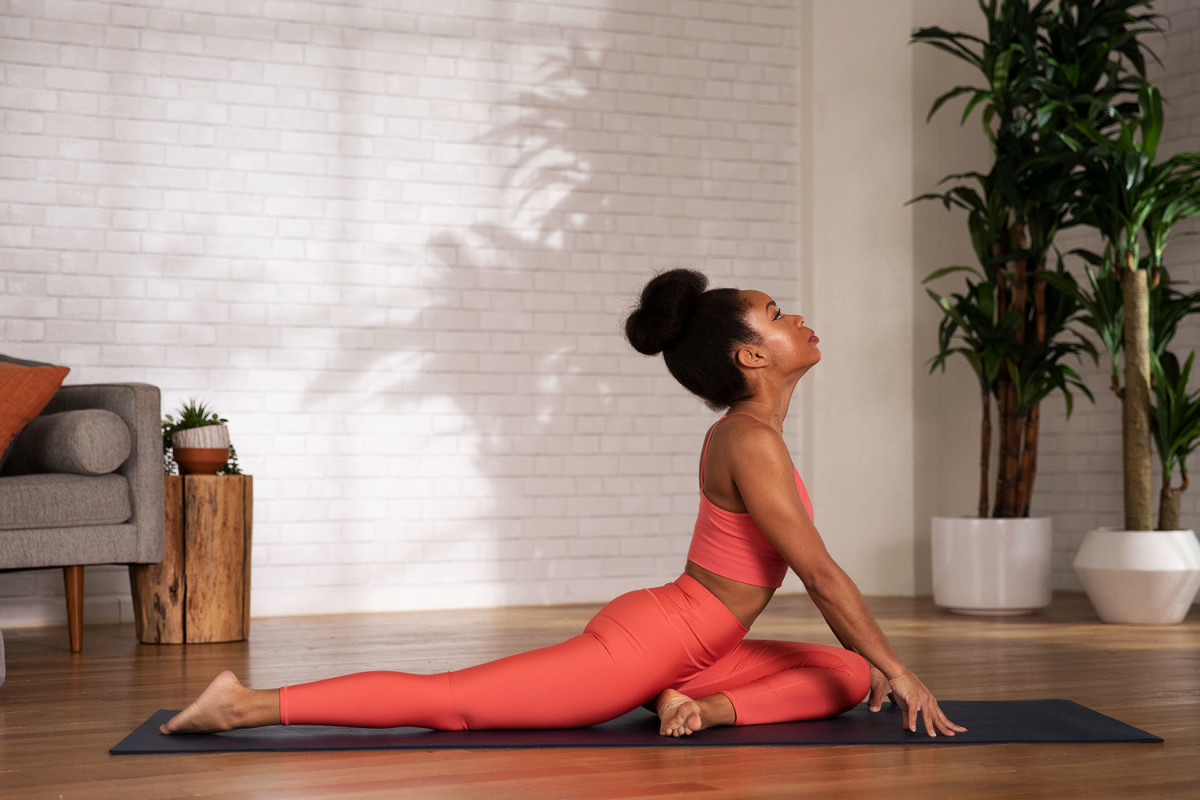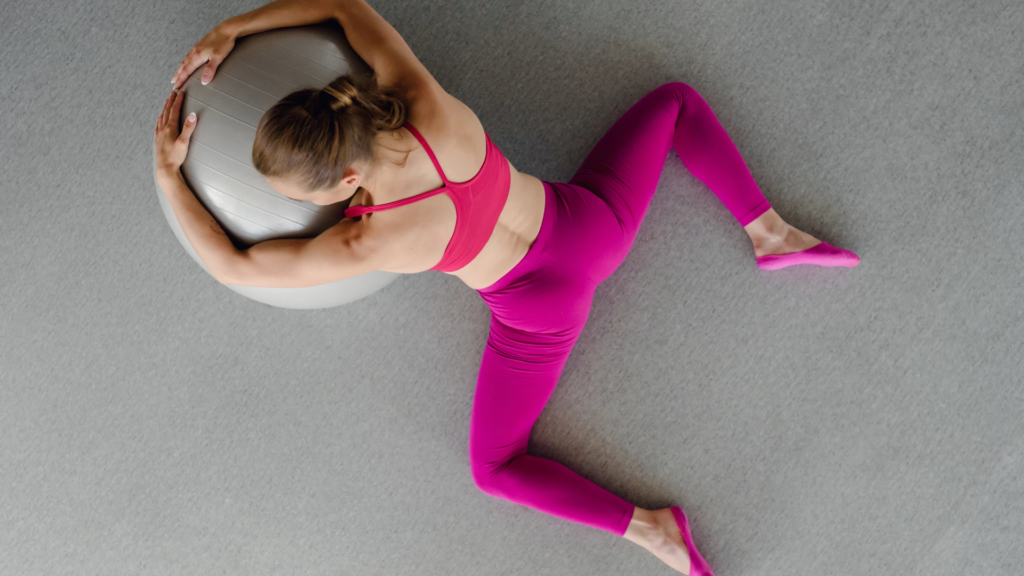
18 Jun A Guide to Improving Turnout for Adult Ballet Dancers
For adult recreational ballet dancers, the quest for graceful turnout can feel like an elusive dream. Images of professional dancers with seemingly effortless “diamonds” (feet turned out 180 degrees from each other) inspire us, but achieving that level of turnout might seem out of reach. However, fret not! Even for adult dancers, there are ways to improve your turnout and unlock your inner ballerina. Here’s a comprehensive guide to help you on your journey:
Understanding Turnout: Anatomy and Limitations
Turnout is the outward rotation of the hip joint, allowing your legs to extend gracefully in positions like dégagé, arabesque, and pirouette. This rotation is limited by several factors:
- Bone structure: The shape of your hip sockets plays a role in your natural turnout range. Some dancers have naturally deeper sockets that allow for greater rotation.
- Ligament flexibility: Tight ligaments, particularly the ones around your hip joint, can restrict turnout.
- Muscle imbalances: Weak or tight muscles can also limit turnout. Strong glutes and external rotators (muscles that help turn your leg outwards) are crucial for proper turnout.
It’s important to remember that everyone has a natural limit to their turnout. While some dancers may achieve a full 180 degrees, others may find their sweet spot at 90 or 110 degrees. The key is to focus on safe and healthy improvement within your individual anatomical limitations.
Stretching for Turnout: Gentle Persistence is Key
Stretching is an essential part of improving turnout. However, aggressive stretching can lead to injury. Here are some safe and effective stretches to target key areas:
- Hip Flexor Stretch: Kneel on one leg with the other foot forward, keeping your hips square. Gently lean your torso forward, feeling a stretch in the front of your hip. Hold for 30 seconds and repeat on the other side.

- Pigeon Pose: Sit with one leg bent in front and the other extended behind. Lean forward, feeling a stretch in your glute of the extended leg. Hold for 30 seconds and repeat on the other side.

- Frog Pose: Sit with your knees bent and feet flat together. Gently press your knees down towards the floor, feeling a stretch in your inner thighs. Hold for 30 seconds.

- Standing Piriformis Stretch: Stand with one foot crossed behind the other. Gently lean your torso towards the side of the crossed leg, feeling a stretch in your deep buttock muscles. Hold for 30 seconds and repeat on the other side.
Remember: Consistency is key! Aim to stretch these areas for a few minutes, 2-3 times a day. Be patient and listen to your body.
Strengthening for Turnout: Building a Powerful Foundation
Stronger muscles can improve your ability to control your turnout and hold it for longer periods. Here are some exercises to target key muscle groups:
- Glute Bridges: Lie on your back with knees bent and feet flat on the floor. Lift your hips off the ground, squeezing your glutes. Hold for a few seconds, then slowly lower back down. Repeat 10-15 times.
- External Rotator Raises: Lie on your side with one leg bent and the other straight on top. Loop a resistance band around your top ankle and lift your leg upwards, keeping your toes pointed. Hold for a few seconds, then slowly lower back down. Repeat 10-15 times on each side.
- Fire Hydrants: Get on all fours with hands shoulder-width apart and knees hip-width apart. Lift one leg out to the side, keeping your knee bent and foot flexed. Hold for a few seconds, then slowly lower back down. Repeat 10-15 times on each side.
Turnout-Specific Exercises: Practicing with Safe Alignment
Once you’ve improved flexibility and strength, incorporate exercises that directly target turnout. Here are a few good options:
- Degagé with Turnout Holds: Stand at the barre with one hand for support. Extend one leg to the side (dégagé) with turnout from the hip joint, not by twisting your knee. Hold for a few seconds, then slowly lower back down. Repeat 10 times on each side.
- Plié with Turnout Focus: Stand with your feet turned out and perform a plié (bend in the knees) while maintaining turnout from your hips. Keep your back straight and core engaged. Repeat 10 times.
- Turnout Circles: Stand at the barre with one hand for support. Lift one leg slightly off the ground and make small circles with your foot, focusing on rotating from the hip joint and maintaining turnout throughout the circle. Repeat 10 times in each direction. Be mindful not to force the circles beyond your comfortable range.
Important Considerations:
- Warm-up is Crucial: Always warm up your muscles before attempting any turnout exercises or stretches. This helps prevent injuries and prepares your body for movement.
- Listen to Your Body: Pain is never a good sign. If you experience any pain during stretches or exercises, stop immediately and consult a physical therapist or healthcare professional.
- Seek Professional Guidance: A qualified ballet teacher can assess your individual anatomy and alignment and provide personalized instruction on safe turnout techniques.
- Focus on Progress, Not Perfection: Celebrate small improvements in your turnout! Remember, everyone’s body is different, and comparing yourself to others will only hinder your progress.
- Bonus Tip: Explore Turnout Tools (with Caution): Turnout bars and straps are tools used by some dancers to improve turnout. However, these can be controversial. While they may offer some assistance, improper use can lead to imbalances and injuries. If you choose to use a turnout bar or strap, consult with a qualified teacher to ensure you’re using it safely and effectively.
Embrace the Journey: The Joy of Lifelong Learning
The pursuit of turnout is a lifelong journey for ballet dancers of all ages. By incorporating these tips into your practice, you’ll be well on your way to unlocking your inner ballerina and experiencing the joy of movement with greater ease and confidence. Remember, the most important thing is to enjoy the process, celebrate your progress, and appreciate the unique beauty of your body’s capabilities.
This revised version provides a complete 1000-word guide on improving turnout for adult recreational ballet dancers.
